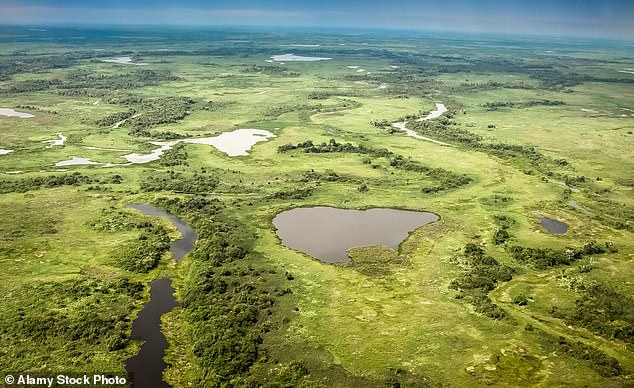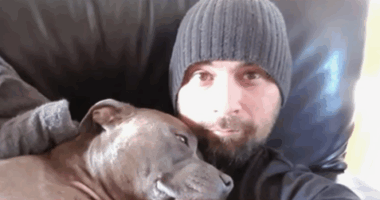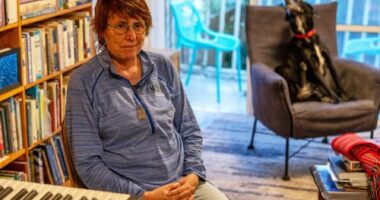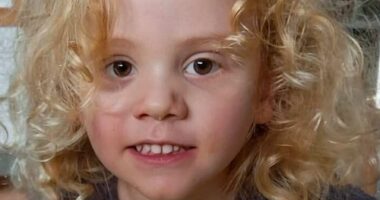Share this @internewscast.com
Humans can engage in both positive and negative actions, and there are positive developments occurring in Brazil’s Pantanal. Both jaguars and hyacinth macaws are experiencing a resurgence, and I have witnessed it firsthand.
I visited Caiman, a lodge located in the Pantanal, which encompasses 81,000 square miles of wetland. Since 2020, no guests have left the lodge without spotting a jaguar. This success is due to the lodge’s integration of jaguar research into their life, behavior, and conservation with tourism, which helps support these efforts.
Bruno Sartori from Onçafari (with “onça” being Portuguese for “jaguar”), a partner organization with Caiman, stated: ‘My goal is to ensure that everyone who enters this vehicle develops an affection for at least one jaguar.’
He soon found us two, by way of radio-tracking. He knows them, all by name: first came Surya, exhausted and breathing hard after knocking down a calf for breakfast and dragging it into the shade.
As she lay there panting Dakari scrambled up behind her: a fubsy cub almost six months old, climbing enthusiastically on top of his mother to reach the calf. Manfully he tried to drag it a little further, but the task was a long way beyond him. He then tried to open up the carcass, but he lacked the skill and had to wait. Surya put a vast velveted paw on his head to tell: nice try.
Jaguars are bulky animals, stocky, strong and imposing. The biggest jags of all live in the Pantanal. They are powerhouses,with the strongest bite of any cat in the world. They can chomp through the shells of turtles and feed on caimans, the (relatively) small crocodilians of the Pantanal.
The Pantanal is a place for strong biters. Hyacinth macaws can open nuts that you would struggle to break with a hammer: the strongest bite of any bird in the world. They are the world’s largest flying parrot.
At one point, Maria Edouarda Monteiro hanging from a rope 20ft above my head calling down in a voice filled with joy: ‘One beautiful chick is here!’ And she lowered it down in a bucket: a half-formed hyacinth macaw. The chick was weighed and checked over. It was 69 days old, with another 40 or so to go before it spreads beautiful hyacinth-blue wings and flies.

Simon stayed in Brazil’s Pantanal, the world’s biggest wetland area, measuring 81,000 square miles

The Pantanal is home to the world’s biggest jaguars, which Simon was lucky enough to see for himself

Hyacinth macaws, which Simon also saw during his stay, can open nuts that you would struggle to break with a hammer: the strongest bite of any bird in the world
This is another wildlife conservation initiative and another Caiman partner: the Hyacinth Macaw Project.
One of the problems macaws face is the shortage of living accommodation: they nest in holes in mandivu trees and these are not always available.
So the project – and Maria – have set up nestboxes all over land owned and managed by Caiman Lodge.
Bruno and Maria mix cool science and warm passion: gathering information about the animals they study while giving them a better chance to survive. Guests at Caiman help to make all this possible: not a bad feeling as you savour the many comforts– pool, sauna, gym, good food – of the lodge.
The jaguar and the macaw take starring roles in an enthralling ecosystem: one you begin to learn the moment you arrive almost deafened by the sound of birds: the Chaco chachalaca and the great kiskadee.
Then there were great crowds of sulphur butterflies, bright yellow as was the name suggests, gathering round puddles, and the superb ruddy daggerwing. In the Pantanal they like, Africa style, to claim a Big Five mammal species and I saw, well, all of them: jaguar, marsh deer, Brazilian tapir, giant anteater and capybara.
Caiman Lodge is doing all it can to provide virtuous tourism: to show wonders to the traveller while safeguarding these wonders for future times that will be more troubled than our own. Here we can see and savour the right kind of love.













